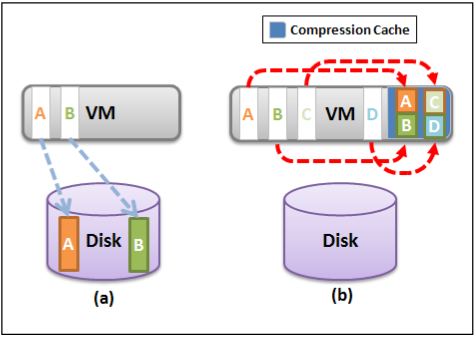Your supervisor is two thousand miles away at a group discussion with the corporation’s big wigs and has called for you to produce a Powerpoint demonstration for the function that you made using the project scope statement template. You produce a fifteen slide masterwork, along with stunning digital photos, flash animation, and background music. Your demonstration is so good that your supervisor is going to question why they did not advance you earlier.
But here is the problem; your supervisor can only receive an e-mail by dial-up connection, and she needed the slide show, like yesterday. How can you get around your e-mail host’s bit rate boundaries and send your supervisor the demonstration without ramming her e-mail platform?
Millions of Powerpoint demonstrations are produced every day. Regrettably, almost all demonstrations are also large file sizes, arriving at conflict for even the largest companies to copy, store, and transmit these demonstrations expeditiously. Powerpoint compaction tools allow for businesses and individual persons to economize work, revenue, and time by compacting demonstrations to a dividend of their original file size.
Some Powerpoint condensation tools come with the program located in the program’s folder. After installing, the tools will commonly appear as new add-ons to Powerpoint’s menu. The user locates a demonstration in Powerpoint, then utilizes the compaction tool, which has numerous selections to select from with respect to saturation and type of compaction. Once the user’s settings are applied, compaction can commence.
Almost all Powerpoint compaction tools will work on one or both of the primary processes of image compaction; Wavelet, and Discrete Cosine Transformation. Wavelets themselves are really numerical functions. When picture areas are delineated by the Wavelet, they can be combined into an individual module without damaging the total image. Wavelet compaction utilizes complicated and elaborated numerical patterns to estimate the differences and averages of a lot of dissimilar image types and styles. Discrete Cosine Transformation acts by acquiring a group of picture elements that are close if the color and metamorphosing them into pixels of the equivalent color. For instance, a grouping of a thousand pixels in assorted tones of red will be fixed as a shade of red thru compaction, whereas Wavelet compaction calls for compacting an image based on its numerical areas.
As the Powerpoint user, compaction circumvents the demand to makeover and resize while demonstrations are being made. These compaction tools will be capable of reducing file size for demonstrations without distorting the original quality. And naturally, a more small-scale Powerpoint file implies quicker saving, transmission, and receipt of demonstrations. Once the concentration is off file compression, a more originative elbow room is uncommitted, and more adept demonstrations can be the outcome.
The use of Powerpoint compaction tools can improve network efficiency and execution. Compacted data files also allow directors to recover more server memory space, which lightens up the electronic network’s workload and overall; improves productivity.






